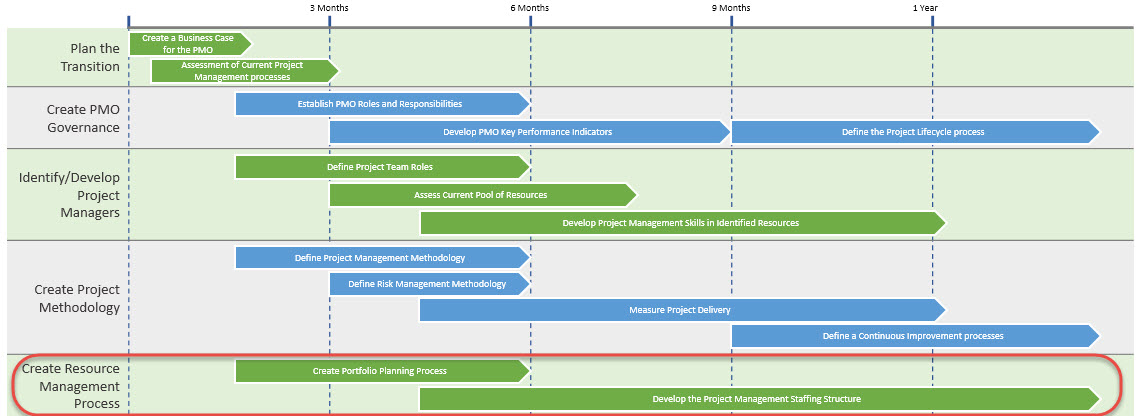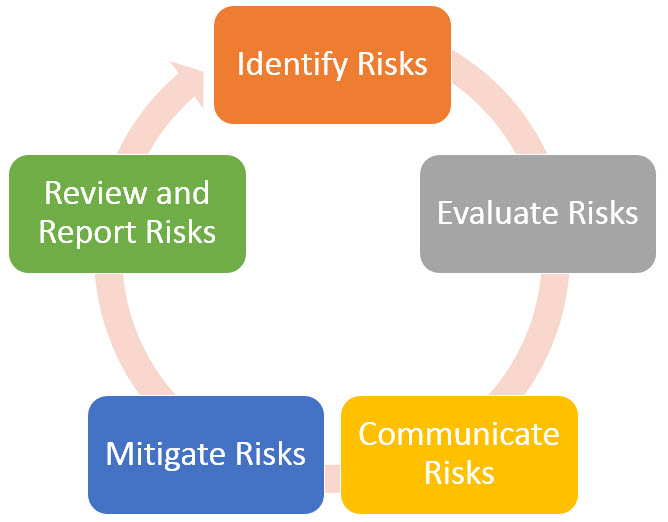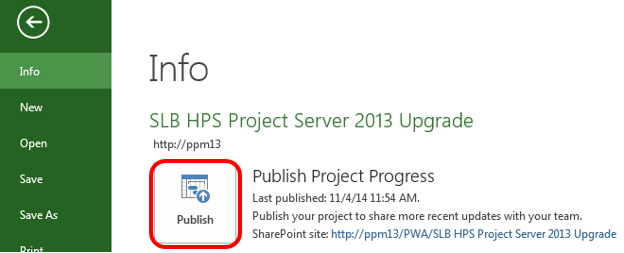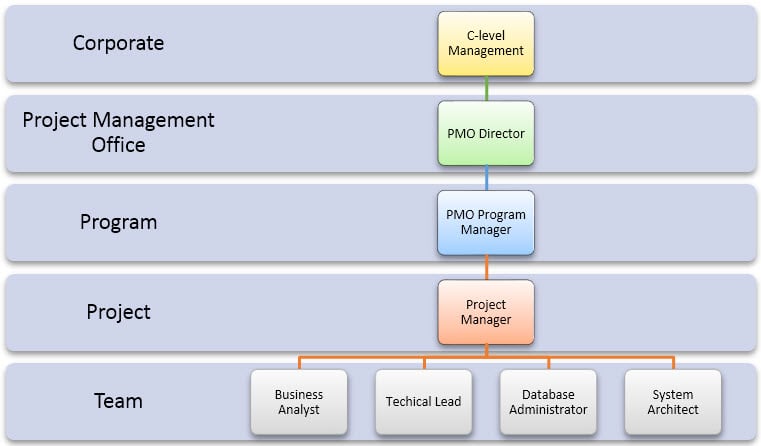Key Steps Every Company Should Know When Launching a PMO (Part 5)
For companies wanting to establish a PMO within their organization, there are a number of things to think about prior to implementation. In the first four parts of this discussion I spoke about: Planning the Transition Creating a PMO Governance Identifying and Developing Project Managers Creating a Project Methodology Stage 5 – Creating a Resource Management Read more about Key Steps Every Company Should Know When Launching a PMO (Part 5)[…]




